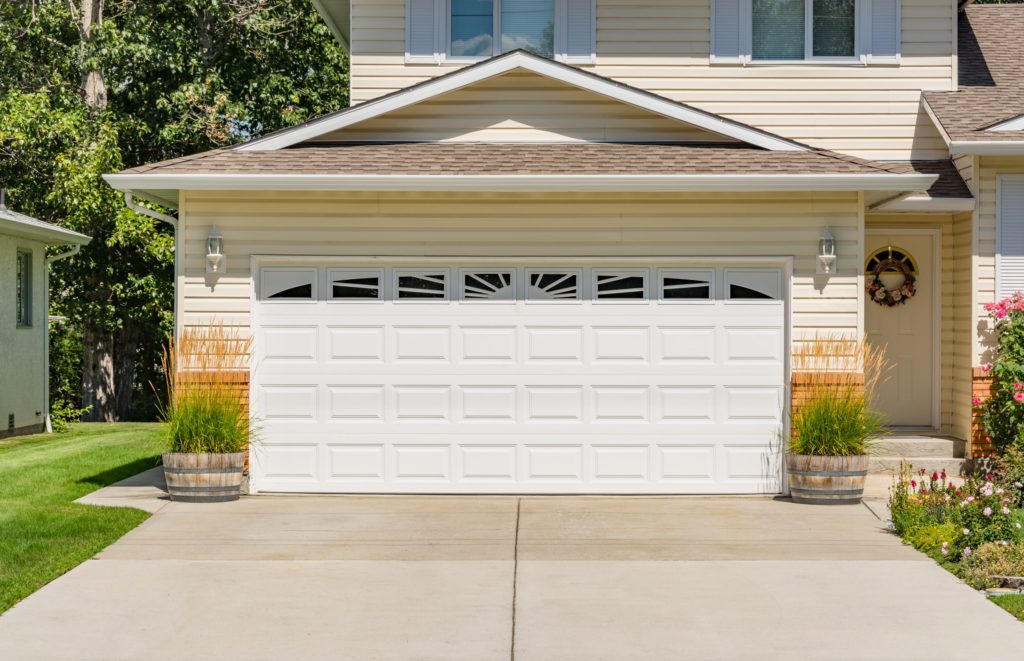The roof of a commercial building protects the structure and what’s contained within it from the elements. It needs to be durable, and it must support equipment like HVAC units.
There are many types of roofing materials available to commercial building owners. Let’s look at some of them: BUR/asphalt, metal, and single-ply membranes. Read on to know more.
Asphalt Shingles
Asphalt shingles are one of the most popular roofing materials on the market. They are affordable, durable, and can be designed to suit any look or function that a homeowner wants for their roof.
Three-tab shingles are the most basic type of asphalt shingle available. They consist of a fiberglass base mat that is coated with asphalt and ceramic granules. The granules give the shingle its color and protect it from UV rays and impact.
The granules also act as a moisture barrier. However, if the granules are not removed, water can seep under the shingle and cause damage. This is why it is important to regularly inspect and remove any granules that are displaced from the shingle.
Another issue with asphalt shingles is that they lose their protective value over time. This is primarily due to long-chain hydrocarbons in the paper softening and being washed away by rain or solar heat. The loss of these oils causes the shingle to shrink and can expose nail heads or tear up whole shingle flaps. This problem is more noticeable along eaves or complex rooflines where more water is channeled down the roof.
Metal
Commercial metal roofs offer durability and aesthetic appeal. They withstand severe weather and last longer than shingle roofs, and they are energy efficient. They are also recyclable, so they can help a business meet sustainability and green building standards.
Metal roofing is available in a wide range of colors, panel styles, and installation methods to complement the architectural design of a commercial project or satisfy the owner’s aesthetic preferences. For example, metal shingles can imitate the appearance of traditional slate, cedar, or ceramic shingles but are more affordable and long-lasting than those products.
Standing seam metal panels with raised ribs are ideal for buildings in regions prone to snow or high winds, and concealed fasteners prevent water infiltration and create a sleek look. Snap-lock panels are an easy-to-install option that eliminates the need for exposed fasteners and contributes to a clean, streamlined appearance on the roof. They’re often made from aluminum or steel and are durable, cost-effective, and lightweight.
Single-Ply Membranes
Single-ply membranes are one of the most popular flat roofing options available. These flexible sheets of synthetic or rubber polymers are ideal for a range of applications from large factory roofs to private garages.
Built-up roofs (BUR) have been used reliably for decades, but the industry is rapidly shifting towards modern single-ply low-slope membranes. These membranes come in a wide range of materials, so you can choose the right fit for your specific project and climate.
EPDM membranes, more correctly known as ethylene propylene diene terpolymer, are durable and resistant to temperature extremes. They also offer excellent chemical resistance to substances like grease and oil.
Both PVC and TPO membranes are made of thermoplastics, meaning they return to their original form when heated. This allows them to employ hot air welding, which provides a strong and cohesive lap. They are also designed to include a reinforcement layer, which increases their strength and dimensional stability.
Flashings
The best way to protect a roof and prevent water damage is through a proper roofing flashing system. Flashings are installed around the areas where a roof meets walls, valleys, or protrusions like chimneys, skylights, and vent pipes. They are made from durable materials that withstand harsh weather conditions and resist corrosion.
They also provide an impermeable barrier that prevents water or moisture from seeping into the joints, avoiding potential leaks in the building structure or interior. Typically, flashings are made from metal but are also available in other materials like rubber, plastic, or metal-coated rubber. Browse the next article.



 (210) 777-7663
(210) 777-7663
